Hello lovely students! If being creative with language is your strength, the chances are you would like to know more about adjectives in the English language and how to use them. Adjectives, along with nouns, verbs and adverbs, are one of the four main parts of speech in the English language.
Adjectives do more than modify nouns. In traditional grammar, they describe nouns and pronouns in more depth, allowing English speakers to further detail their qualities.
However, were you aware that there are not one, not two, but 15 types of adjectives to describe nouns? You weren’t?!
In that case, then, let’s begin to look at these 15.
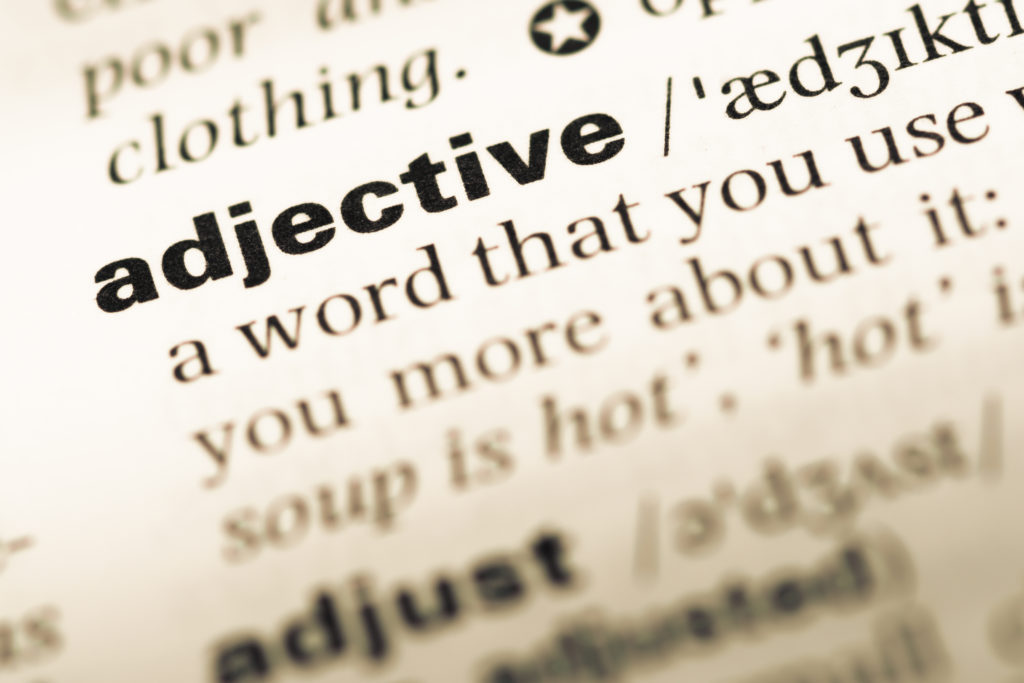
1) Descriptive adjectives and their order
Before we do any of that though, I think it’s important for you to know exactly how an adjective phrase should be formed if you have a list of adjectives that you want to use to describe nouns.
As mentioned above, adjectives, particularly descriptive adjectives, give us more information about places, animals or people under nouns or pronouns. If we want to use multiple adjectives, however, there is an order to them that cannot be changed.
This adjective order is opinion, size, age, shape, colour, origin, material and purpose. Even if you are a native English speaker, you may not be aware of this order or use it unknowingly.
Look at this table for some descriptive adjectives that fit into those categories.
| opinion | lovely, awful, spectacular |
| size | big, small, tiny |
| age | young, old, ancient |
| shape | round, square, star-shaped |
| colour | blue, red, yellow |
| origin | Japanese, British, French |
| material | plastic, glass, wooden |
| purpose | cooking, cleaning, washing |
Normally we use a maximum of three adjectives in any one adjective clause, so I wouldn’t try and use all of these types at once if I were you.
Now that I have cleared up how to use adjectives in order and in sentences, let’s take a look at the other 14.
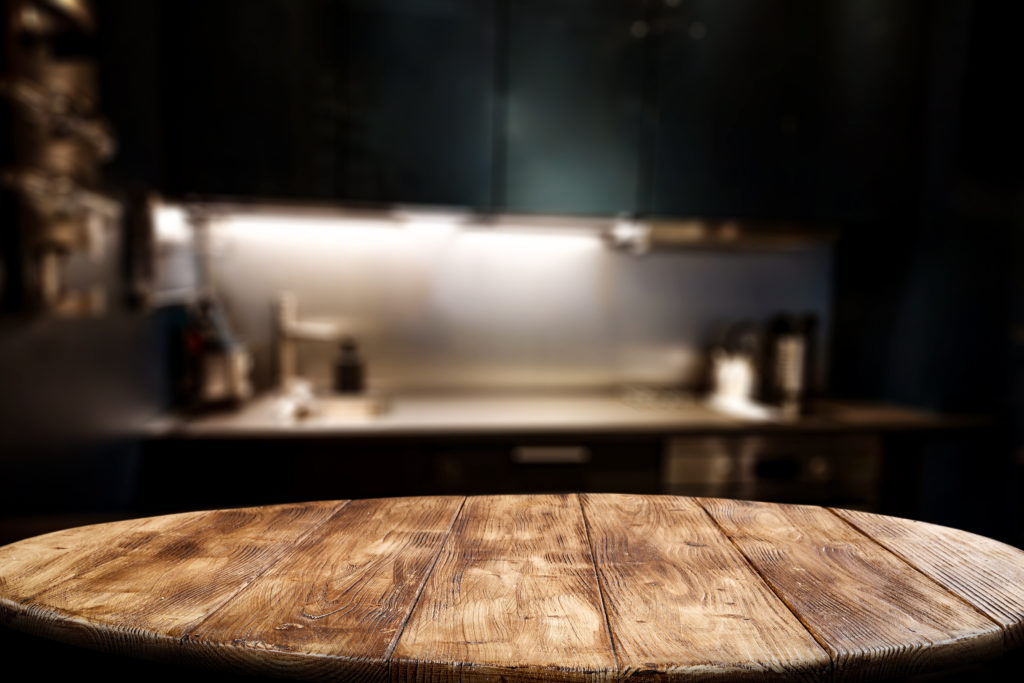
2) Comparative adjectives
Comparative adjectives describe two nouns. They are usually formed by using ‘er‘ at the end of the base adjective or ‘ier‘ if the base adjective ends in ‘y’.
If the adjective has two or more syllables we use more or less to differentiate between the two nouns without changing the base adjective.
Paris is bigger than Cannes.
Foxes are more intelligent than frogs.
Fatima’s hair is longer than mine.
Cairo is more ancient than Dubai.

3) Superlative adjectives
Superlative adjectives describe nouns by suggesting which is the most supreme of those nouns. If the adjective is one syllable, the suffix est is added to the base form. However, those adjectives with two or more syllables tend to have most or least in front of the unchanged base adjective.
We add the definite article the to the superlative adjective.
This is the biggest supermarket I have been to.
He really is the nicest person.
The beaches in Greece are the most beautiful in Europe, in my opinion.
Humans are the most dangerous animal on the planet.

Comparative and superlative forms
Both comparative and superlative forms have three common adjectives which are irregular.
| Base | Comparative | Superlative |
| good | better | best |
| bad | worse | worst |
| far | further/farther | furthest/farthest |
4) Absolute adjectives
An absolute adjective is an adjective that cannot be compared and therefore is not commonly used in comparative and superlative forms. Examples of these adjectives include: dead, main, unique, whole, entire, fatal and universal.
It would be odd to use these comparatively.
I am the main character in this show.
He ate the entire cake for breakfast.

5) Coordinate adjectives
Coordinate adjectives link two or more adjectives used to describe the same noun. They are either separated by a comma or the word and so the listener understands they are separate.
A bright, sunny bedroom.
It has been a productive and busy day.
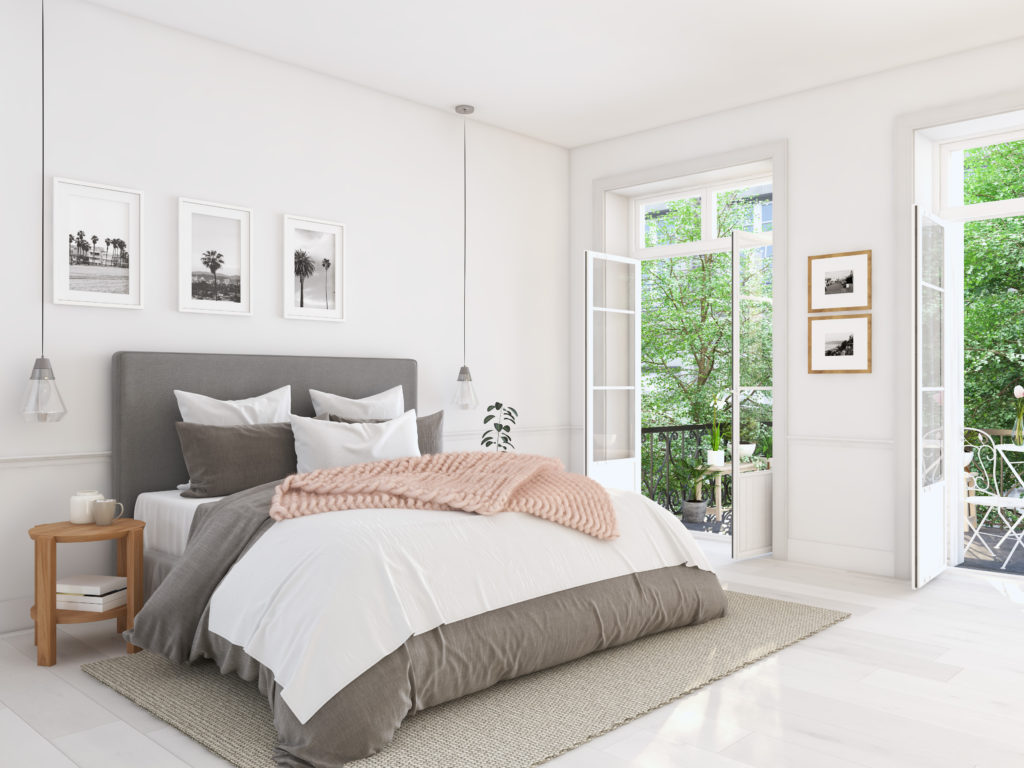
6) Appositive adjectives
An appositive adjective is a clause of two adjectives linked by the word and that comes after the noun. Usually, the appositive adjective clause fits itself between the noun clause and the second half of the sentence. The appositive adjective clause is separated by commas.
The city, big and vibrant, never sleeps.
Her dress, pink and floral, was the most disgusting dress I had ever seen.
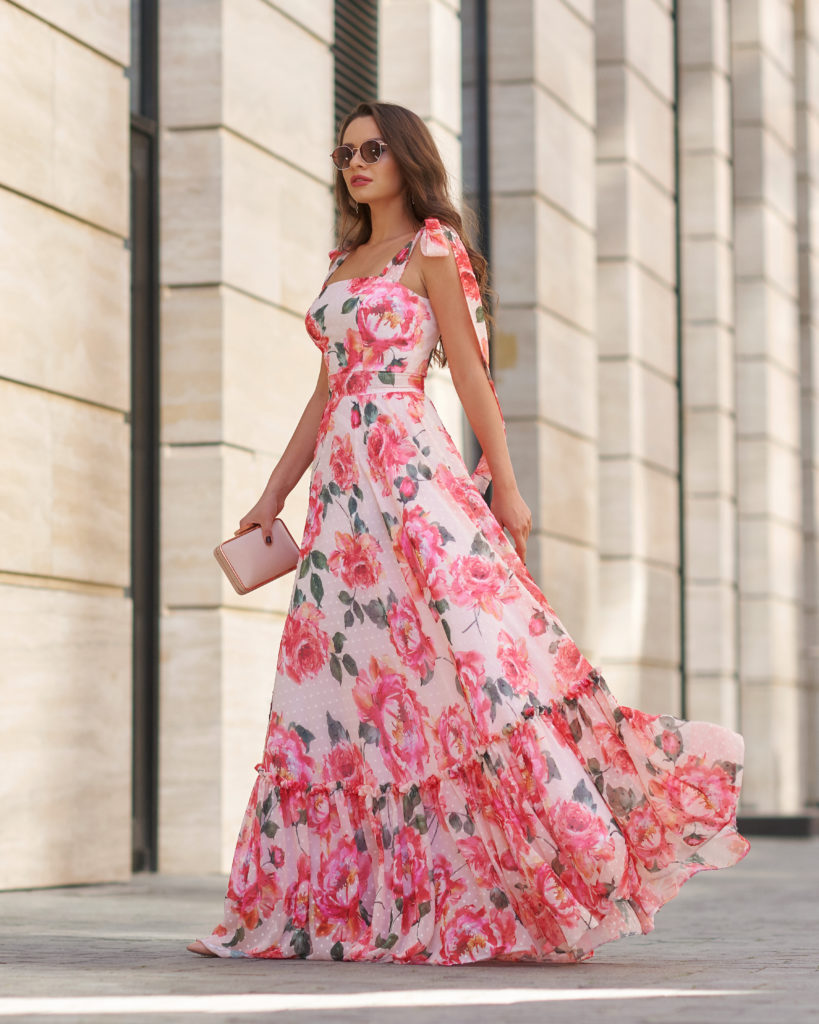
7) Compound adjectives
A compound adjective is an adjective formed by two words that are then joined by a hyphen.
This weather is record-breaking.
I hate to be arrogant, but I am a well-educated woman.
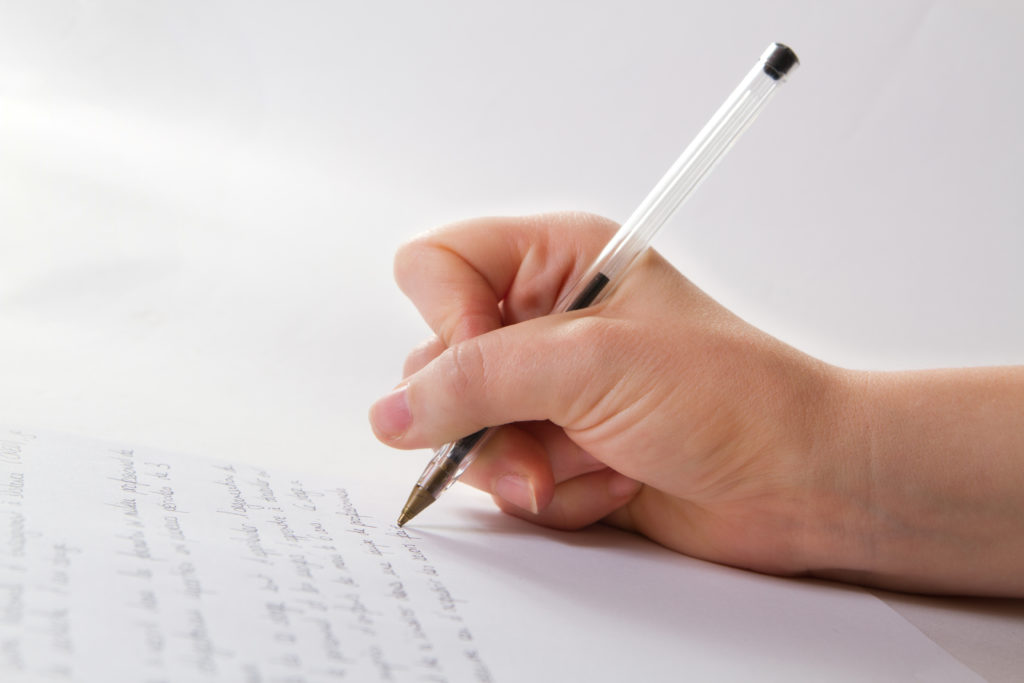
8) Participial adjectives
The participial adjective uses the same structure as the past participle (verb + ed) or the present participle (verb + ing).
When using verb + ing, it means that the noun we are describing caused emotion to happen. It is external.
That show was very interesting.
You are a very boring person.
When using verb + ed, it means we talk about how something or someone feels. It is internal.
I am very interested in this show.
I am bored because you are talking to me.

9) Proper adjectives
Proper adjectives are used to describe nouns from a particular time or place and are always capitalised. A proper adjective phrase includes Italian or French for places or Victorian or Neanderthal for time.
This Victorian manor is beautiful.
I love Italian marble.
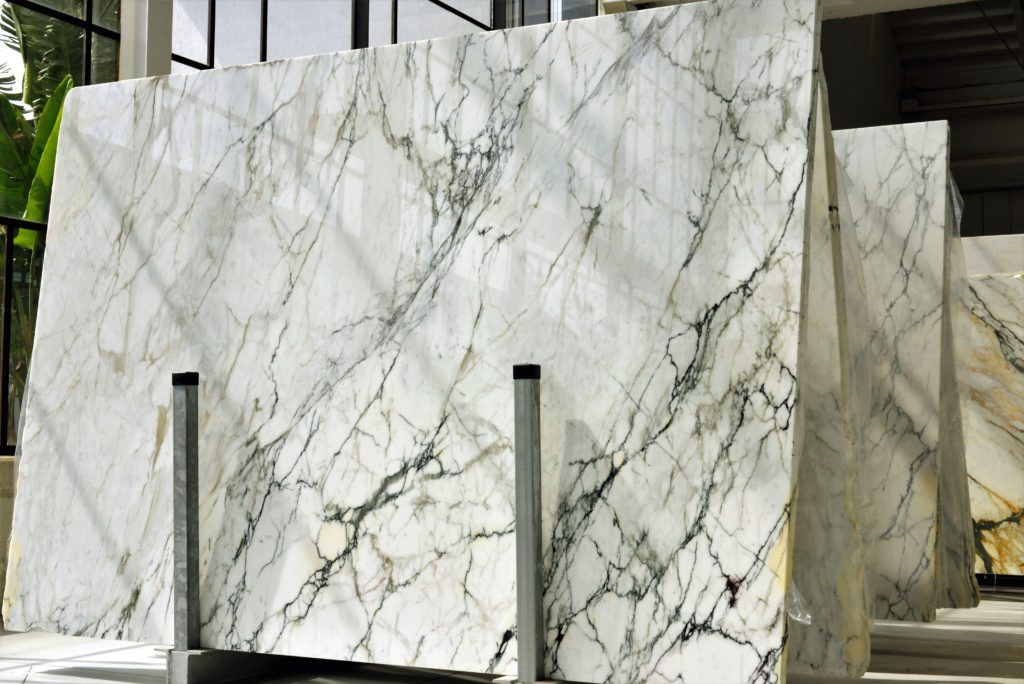
10) Denominal adjectives
Denominal adjectives are adjectives ending in these suffixes: -al, -ic, -ous, -esque, -ful, -less, -ly, -ish, -en, -ed, -y, -some. Common adjectives include malicious, friendly and spiteful.
I would consider Igor a friendly person.
He didn’t think any of his friends were as spiteful to choose a game like that.

11) Substantive adjectives
A substantive adjective is when an adjective is used in place of a noun. This is also known as a nominal adjective. Here, adjectives have the definite article the in front of them. Old and new are used a lot in this case, especially for the phrase out with the old and in with the new. Here are some more examples.
There is a bigger wealth gap between the rich and the poor now.
Separating the good from the bad is never easy.
We must take care of the young and the elderly.

12) Demonstrative adjectives
A demonstrative adjective is used to know exactly where something or someone is in space or in time. Don’t worry this is not something from the future!
We tend to use demonstrative adjectives a lot. They are this, that, these and those.
Those shoes over there are mine.
This hat is my favourite.

13) Possessive adjectives
Again, much like demonstrative adjectives, possessive adjectives are used every day by English speakers and function as possessive pronouns. A few possessive adjectives are its, whose and their.
Their huge house…
Its red tail…
The noun usually comes last when using possessive adjectives and a descriptive adjective is in the middle.

14) Predicative adjectives
Predicative adjectives, or predicate adjectives as they are sometimes known, come after the noun as demonstrated in the following sentences.
The cat is massive.
The day has been busy.

15) Attributive adjectives
Attributive adjectives are adjectives that come before the noun.
The sunny day.
This is a big table.
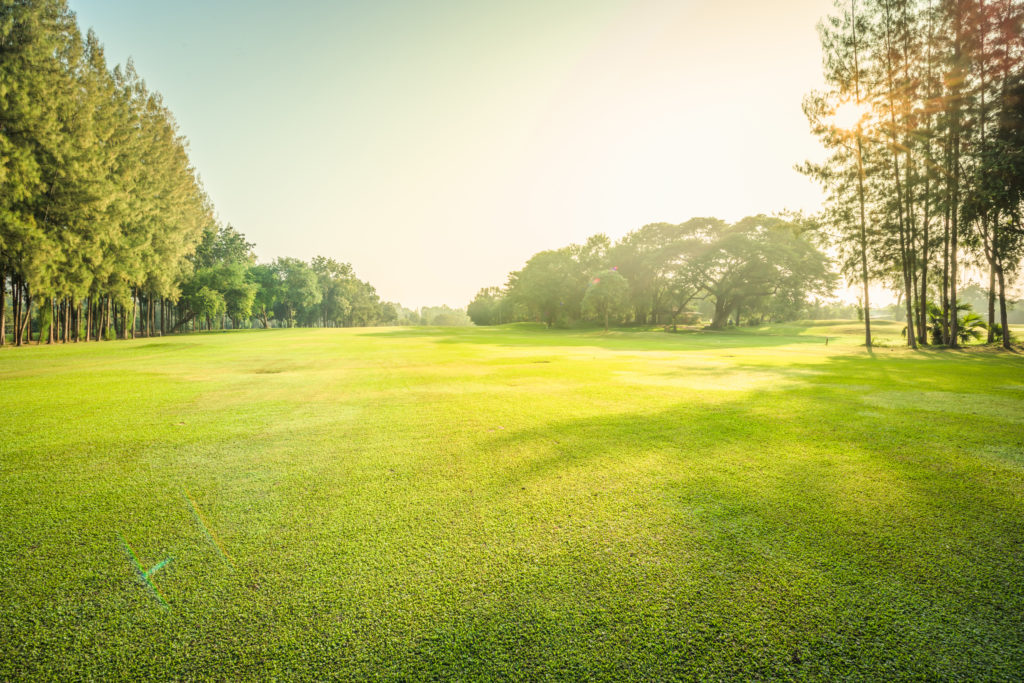
Is that everything?
Absolutely not! Find out more about adjectives by clicking on the video below to my channel English with Lucy.